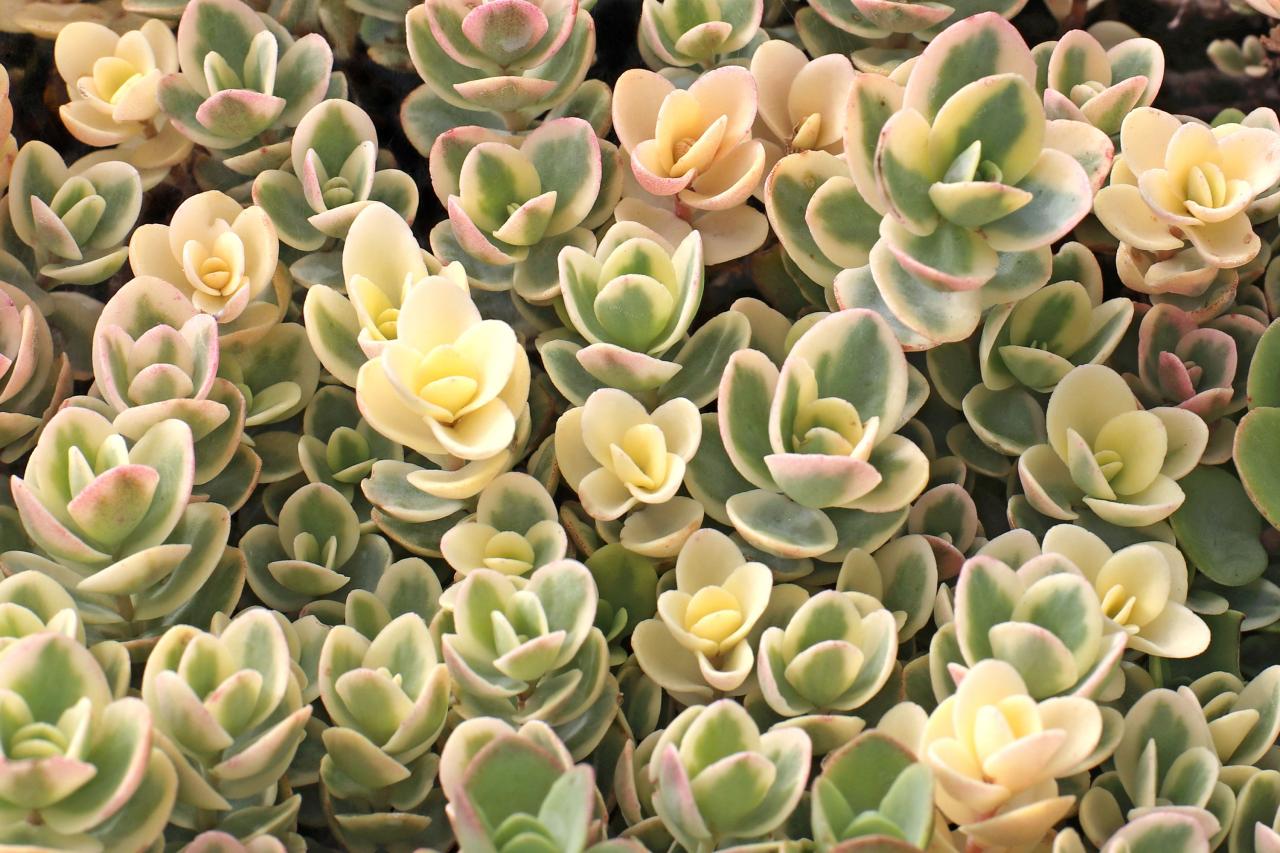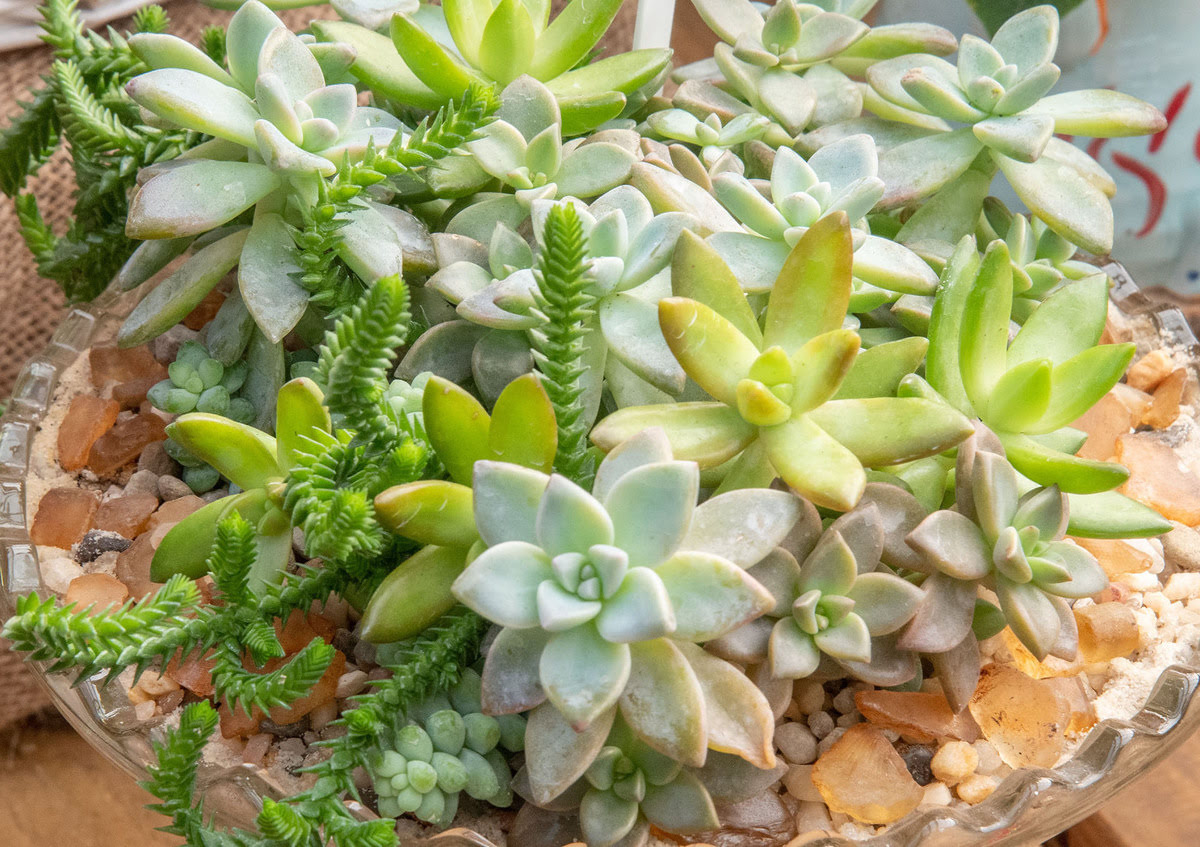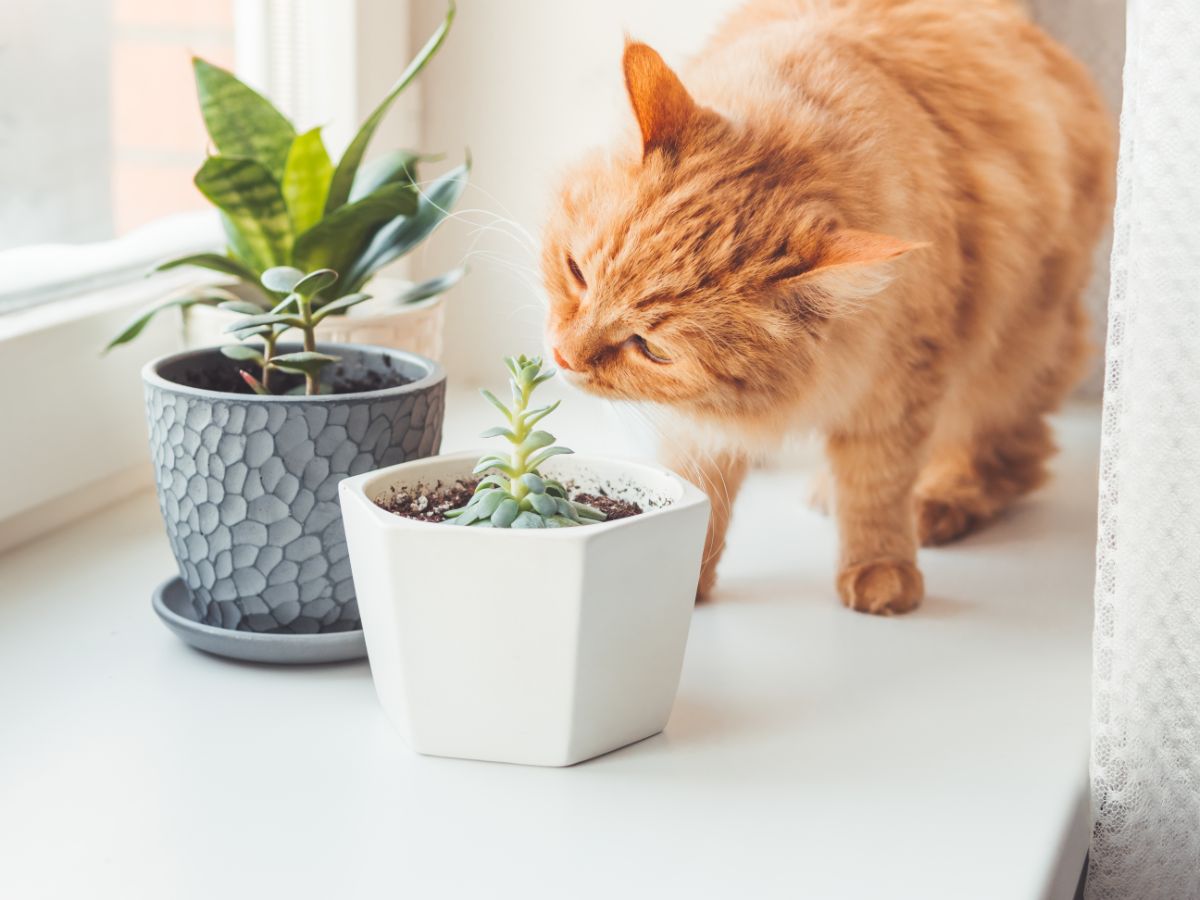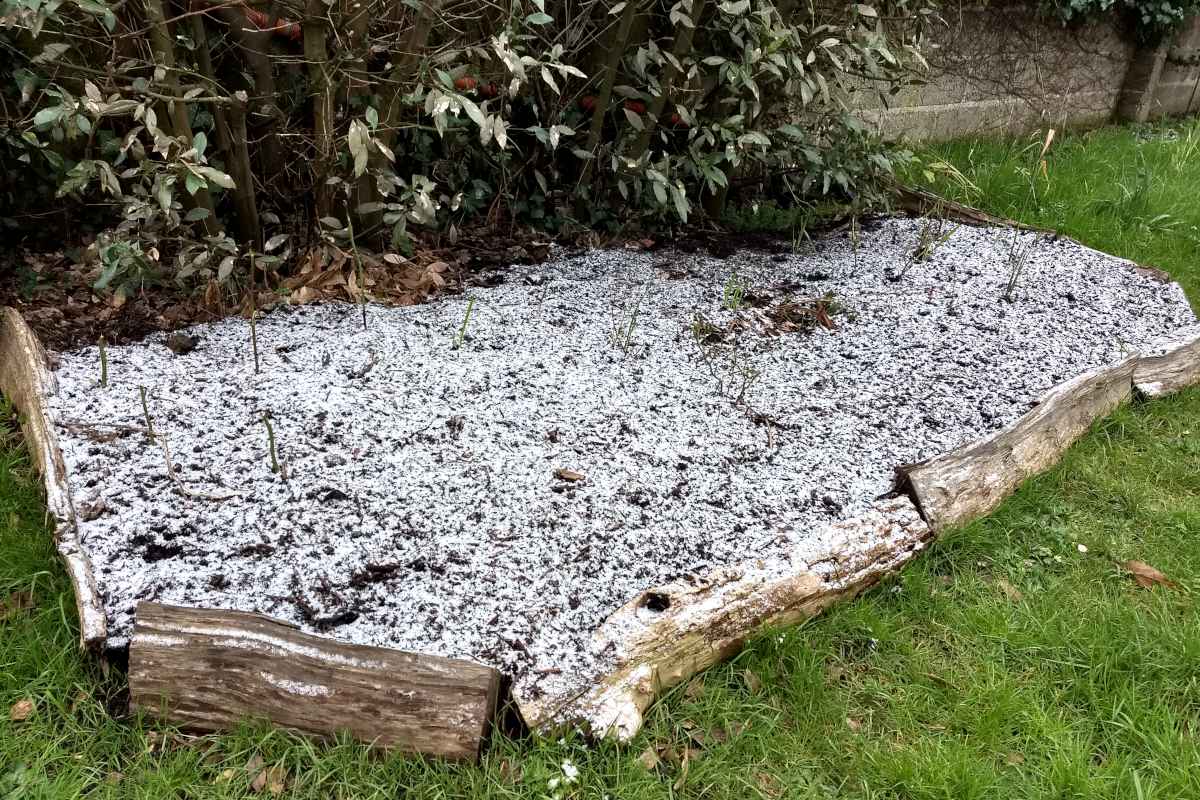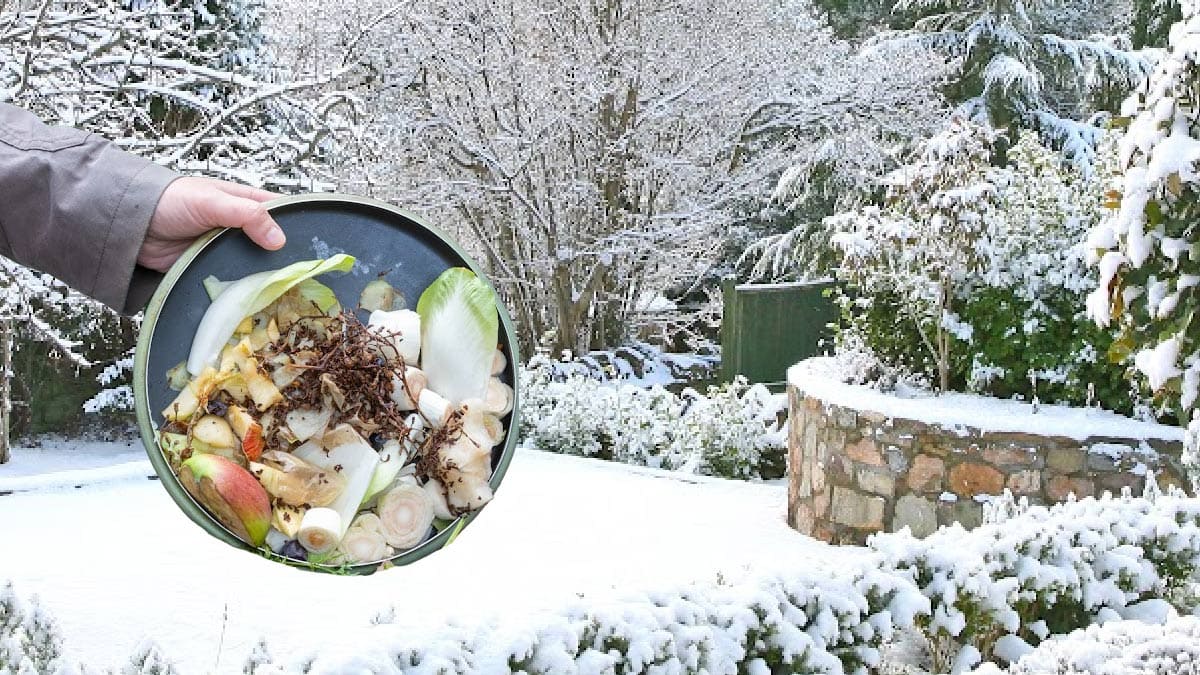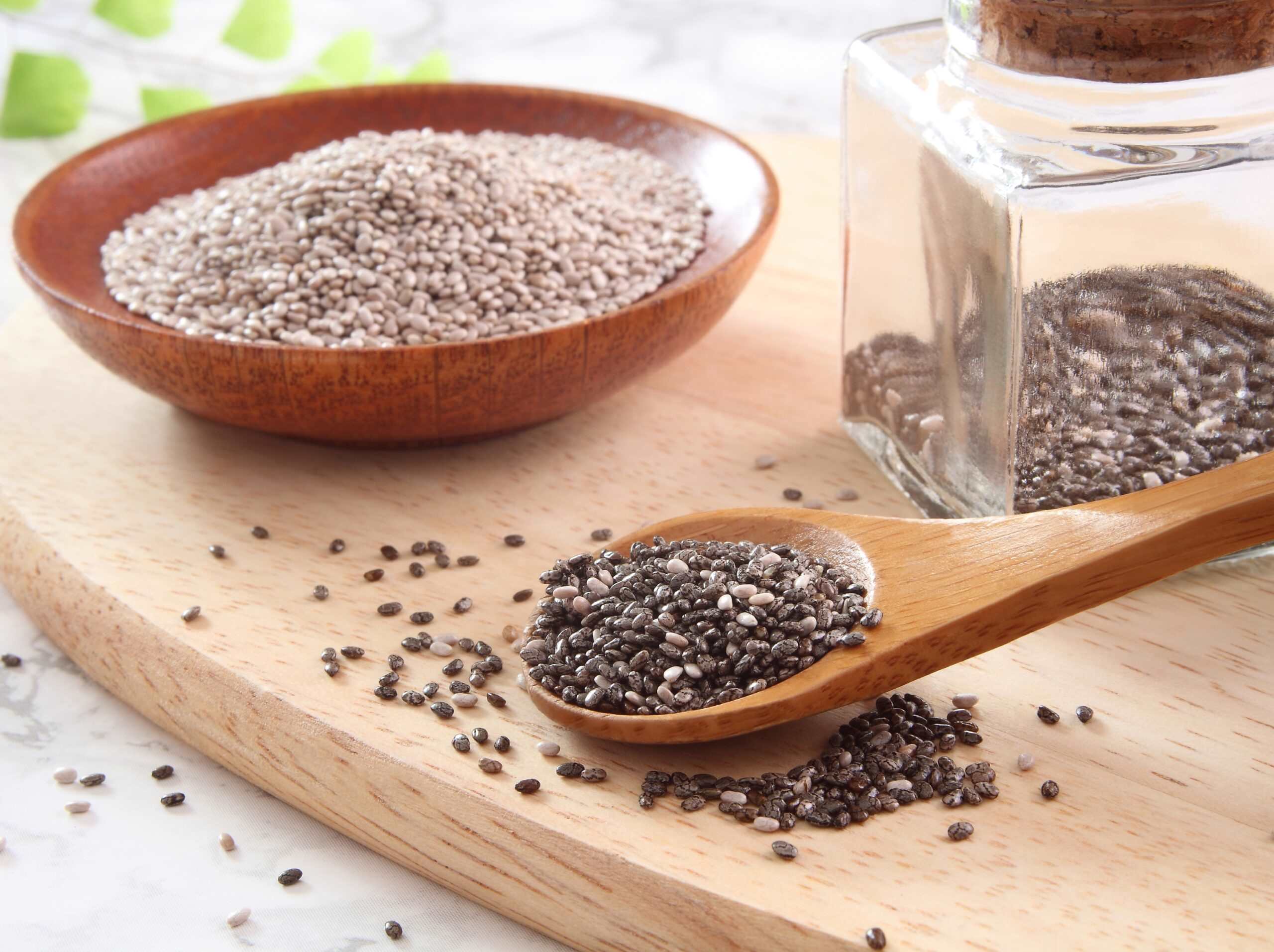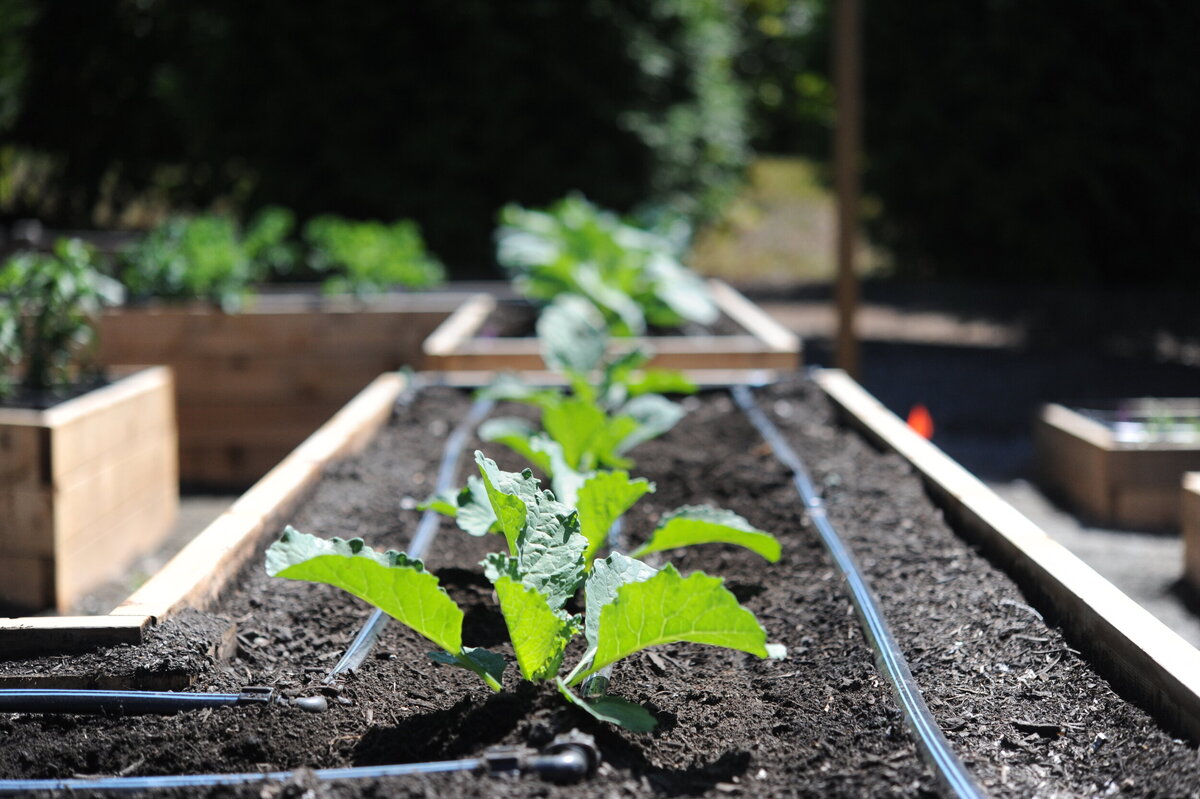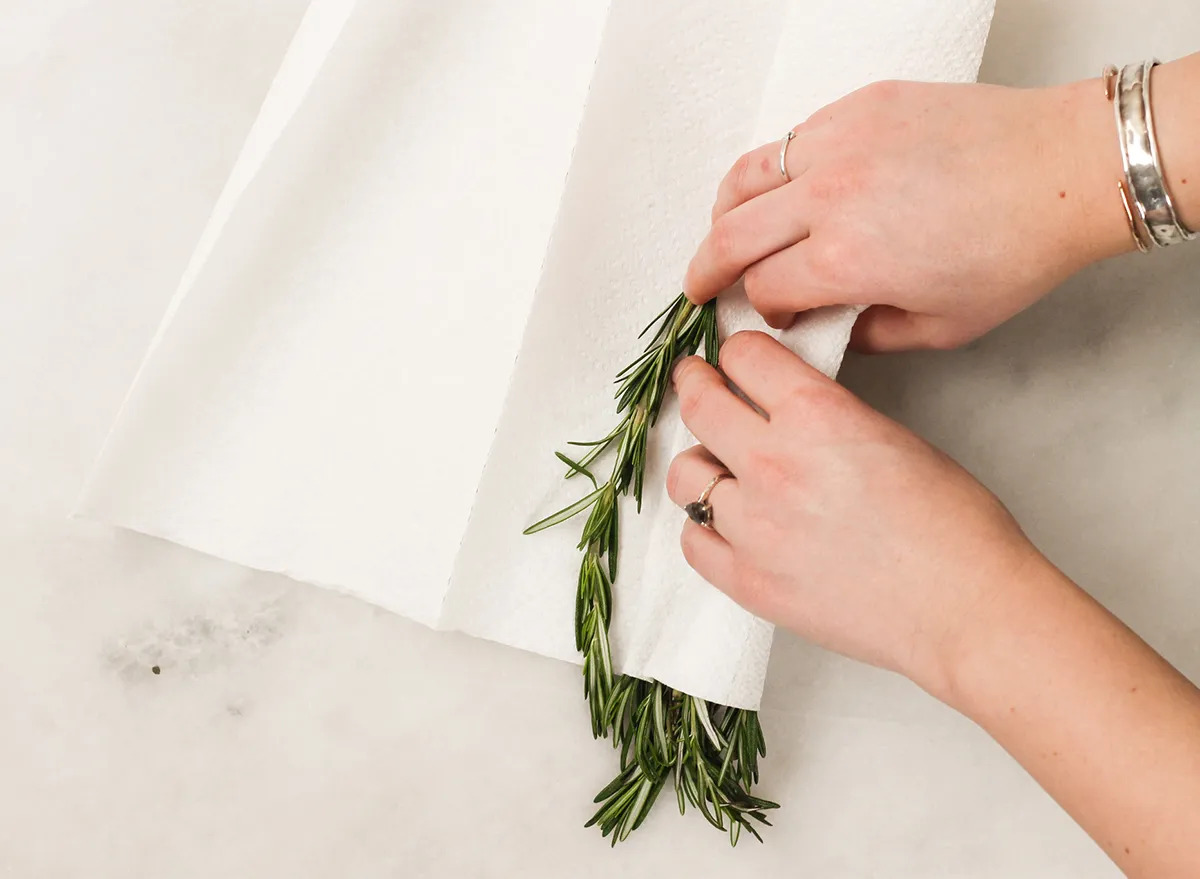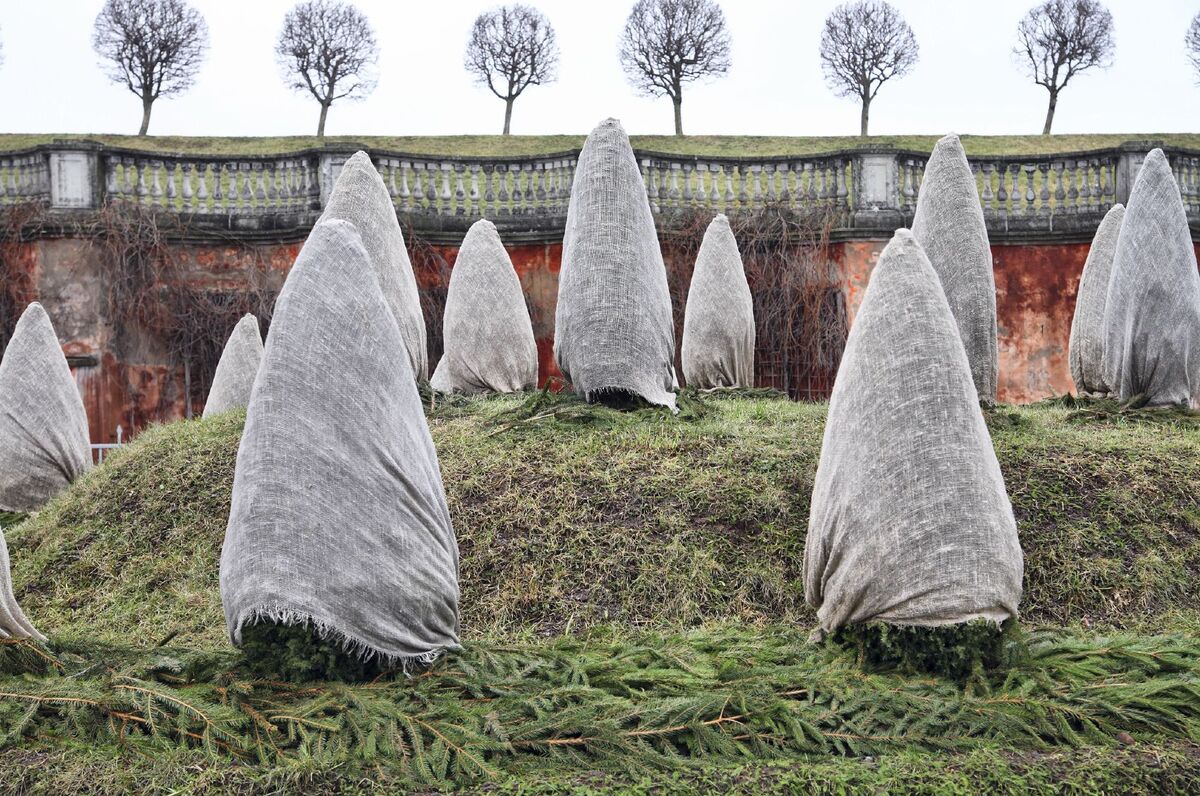Home>Gardening Techniques>Seasonal Gardening>How To Keep Succulents Alive During Winter
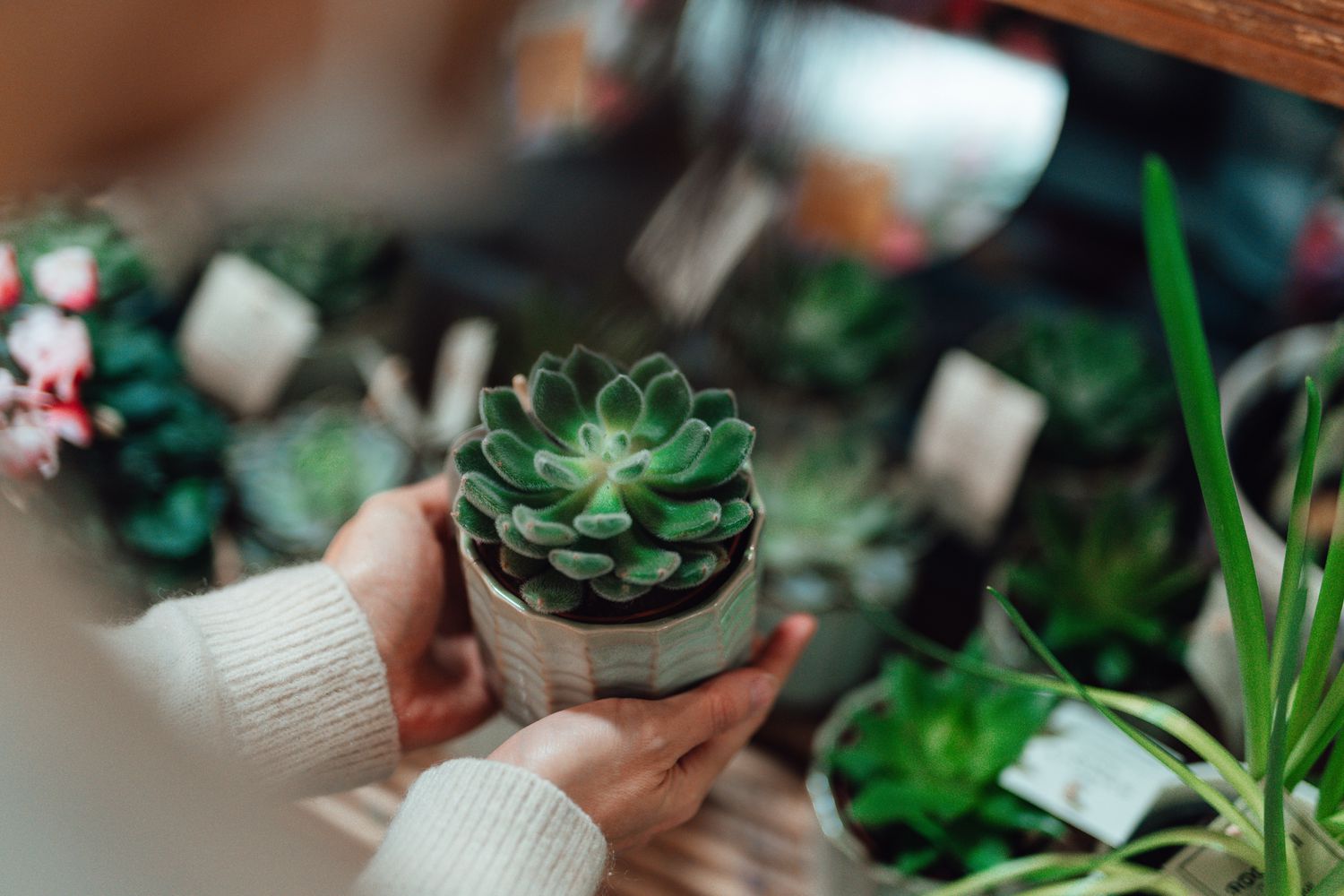

Seasonal Gardening
How To Keep Succulents Alive During Winter
Modified: January 22, 2024
Learn expert tips for seasonal gardening to keep your succulents thriving through the winter. Discover essential care techniques for maintaining healthy plants in colder months.
(Many of the links in this article redirect to a specific reviewed product. Your purchase of these products through affiliate links helps to generate commission for Chicagolandgardening.com, at no extra cost. Learn more)
Table of Contents
Introduction
Succulents have gained immense popularity among gardening enthusiasts due to their striking appearance and low-maintenance nature. These resilient plants are known for their ability to store water in their leaves, stems, and roots, making them well-suited to arid climates. While succulents thrive in warm and dry conditions, they require special attention during the winter months to ensure their survival.
As the temperatures drop and daylight hours diminish, succulents face unique challenges that can impact their health and vitality. By understanding the specific needs of succulents and implementing targeted care strategies, gardeners can help these plants thrive even in the coldest months of the year.
In this comprehensive guide, we will delve into the essential practices for keeping succulents alive during winter. From selecting the right containers to providing adequate light and monitoring watering needs, each aspect of winter care for succulents will be explored in detail. By following these expert tips, you can safeguard your succulents from the harsh effects of winter and create an optimal environment for their growth and well-being.
Throughout this article, we will uncover the key considerations for winter succulent care, empowering you to nurture these resilient plants and enjoy their beauty year-round. Let's embark on this insightful journey to discover the art of preserving and nurturing succulents during the winter season.
Understanding Succulents
Succulents encompass a diverse group of plants that have adapted to survive in arid environments by storing water in their fleshy leaves, stems, or roots. This unique characteristic allows succulents to endure prolonged periods of drought, making them well-suited for regions with limited water availability. Their remarkable ability to thrive in dry conditions has contributed to their widespread appeal among gardeners and plant enthusiasts.
One of the defining features of succulents is their striking and varied appearances. From the iconic rosettes of Echeveria to the cascading tendrils of String of Pearls, succulents display an impressive array of shapes, colors, and textures. This diversity adds an element of intrigue to succulent collections, as each species offers its own distinct charm.
Furthermore, succulents are known for their resilience and adaptability, making them ideal for both indoor and outdoor cultivation. Whether adorning a windowsill, gracing a garden bed, or embellishing a terrarium, succulents can thrive in various settings, providing endless opportunities for creative expression in gardening and landscaping.
Understanding the natural habitat and growth habits of succulents is essential for providing them with the care they need, especially during the winter months. By recognizing their preference for well-draining soil, their sensitivity to overwatering, and their reliance on ample sunlight, gardeners can create an environment that supports the health and longevity of these remarkable plants.
As we delve deeper into the intricacies of succulent care during winter, this foundational understanding of succulents will serve as a valuable compass, guiding us toward effective and nurturing practices that honor the unique characteristics of these resilient plants.
Winter Care Tips for Succulents
As winter casts its chilly veil, succulents demand special attention to withstand the seasonal challenges. Implementing targeted care practices can help ensure the well-being of these resilient plants throughout the colder months. By focusing on container selection, light provision, watering management, and protection from frost, gardeners can create an optimal environment for succulents to thrive during winter.
When it comes to winter care for succulents, the choice of containers plays a pivotal role. Opt for containers with adequate drainage to prevent waterlogging, as excess moisture can be detrimental to succulents, especially in cooler temperatures. Additionally, selecting containers made of insulating materials can offer a layer of protection against temperature fluctuations, safeguarding the roots of succulents from potential harm.
Providing ample light is essential for the winter care of succulents, as the reduced daylight hours can impact their growth. Positioning succulents in well-lit areas, such as south-facing windows, can help mitigate the effects of limited sunlight. In cases where natural light is insufficient, supplementing with grow lights can ensure that succulents receive the illumination they need to maintain their vitality during the winter season.
Monitoring watering needs is crucial for the successful winter care of succulents. While these plants are renowned for their water-storing abilities, they still require periodic watering, albeit in moderation, during winter. Strike a balance by allowing the soil to dry out between watering sessions, preventing the risk of root rot that can arise from excessive moisture in cold conditions.
Protecting succulents from frost and cold temperatures is paramount to their survival during winter. When frost is forecasted, consider moving outdoor succulents indoors or providing them with protective coverings to shield them from the icy grip of winter. By taking proactive measures to shield succulents from extreme cold, gardeners can safeguard their plants from potential harm and encourage their continued well-being.
By incorporating these winter care tips into your succulent care routine, you can fortify these resilient plants against the challenges of winter and cultivate an environment that nurtures their enduring beauty and vitality.
Choosing the Right Containers
When preparing succulents for the winter season, selecting the appropriate containers is a fundamental aspect of their care. The choice of containers not only impacts the aesthetic presentation of succulents but also influences their overall health and resilience during colder months.
Opt for containers that prioritize efficient drainage to prevent water accumulation, which can pose a risk of root rot, a common threat to succulents in winter. Containers with drainage holes allow excess water to escape, reducing the likelihood of waterlogged soil and providing a healthier environment for the plants’ roots. Additionally, containers made of porous materials, such as unglazed clay, promote air circulation and moisture evaporation, contributing to a more balanced soil moisture level for succulents.
Consider the insulating properties of the containers, especially for outdoor succulents facing winter’s chill. Materials like thick-walled ceramic or stone can offer a degree of protection against temperature fluctuations, shielding the roots of succulents from potential damage caused by extreme cold. By choosing containers that provide insulation, gardeners can create a more stable microclimate for their succulents, mitigating the adverse effects of harsh winter conditions.
Furthermore, the size of the containers should align with the growth habits of the succulents. Select containers that allow ample room for root development, promoting healthy growth and stability. For succulents that tend to spread or trail, wider or hanging containers can accommodate their natural tendencies, allowing them to flourish and showcase their unique forms.
By thoughtfully selecting containers that prioritize drainage, insulation, and ample space for growth, gardeners can establish a nurturing environment for succulents to thrive during the winter season. These considerations not only contribute to the well-being of the plants but also enhance the visual appeal of succulent displays, creating an inviting and harmonious ambiance within indoor and outdoor settings.
Providing Adequate Light
As winter descends and daylight hours diminish, providing sufficient light becomes a critical factor in the care of succulents. Adequate light is essential for sustaining the health and vibrancy of these resilient plants during the darker months, especially when natural sunlight is limited.
For indoor succulents, positioning them in well-lit areas is paramount to their well-being. South-facing windows typically receive the most sunlight during winter, making them ideal locations for succulents to bask in the available natural light. Placing succulents near these windows can help ensure that they receive the maximum amount of sunlight possible, supporting their photosynthetic processes and overall growth.
In cases where natural light is insufficient, supplemental lighting can be utilized to augment the illumination received by succulents. Grow lights, designed to mimic the spectrum of natural sunlight, can provide an effective solution for ensuring that succulents receive the light energy they need to thrive. By strategically incorporating grow lights into indoor environments, gardeners can mitigate the impact of reduced daylight hours and sustain the vitality of their succulents throughout the winter season.
For outdoor succulents, strategic placement is key to optimizing their exposure to available sunlight. While the sun’s angle may shift during winter, identifying areas that receive ample sunlight, such as south-facing spots, can help ensure that outdoor succulents continue to receive adequate light. By leveraging the natural patterns of sunlight and making informed adjustments to the positioning of outdoor succulents, gardeners can support their ability to harness light energy for essential physiological processes.
By prioritizing the provision of adequate light, both indoors and outdoors, gardeners can empower their succulents to thrive despite the seasonal reduction in natural sunlight. Whether through strategic placement near windows, the use of supplemental grow lights, or mindful positioning in outdoor spaces, ensuring that succulents receive ample light is a pivotal component of their care regimen during the winter months.
Monitoring Watering Needs
Effective management of watering needs is a crucial aspect of winter care for succulents, as the seasonal shift brings unique challenges that can impact their moisture requirements. By adopting mindful watering practices, gardeners can safeguard succulents from potential harm caused by overwatering and ensure their continued health and vitality throughout the colder months.
During winter, succulents experience reduced rates of growth and metabolic activity, leading to decreased water consumption. As a result, it is essential to adjust watering frequency to align with the plants’ diminished needs. Allowing the soil to dry out between watering sessions is key to preventing waterlogged conditions that can compromise the root health of succulents in winter.
When determining the appropriate timing for watering succulents during winter, it is beneficial to assess the moisture level of the soil. Conduct a simple touch test by gently pressing your finger into the soil to gauge its dryness. If the soil feels damp or retains moisture, refrain from watering and allow additional time for it to dry out before the next watering cycle.
For indoor succulents, the use of containers with drainage holes facilitates the removal of excess water, reducing the risk of prolonged soil saturation. This promotes a healthier moisture balance and minimizes the likelihood of water-related issues that can arise in winter, such as root rot. By prioritizing well-draining containers and exercising restraint in watering frequency, gardeners can provide optimal conditions for the winter care of indoor succulents.
Outdoor succulents may require even less frequent watering during winter, particularly in regions with cooler temperatures and reduced evaporation rates. By closely observing environmental conditions and the moisture levels of the soil, gardeners can adapt their watering practices to suit the specific needs of outdoor succulents, ensuring that they receive adequate hydration without being subjected to excessive moisture in colder weather.
By vigilantly monitoring and adjusting watering practices to accommodate the seasonal changes affecting succulents, gardeners can uphold the delicate moisture balance essential for the well-being of these resilient plants. Through attentive care and a nuanced understanding of succulents’ watering needs in winter, gardeners can nurture thriving succulent displays that endure and flourish despite the challenges of the season.
Protecting from Frost and Cold Temperatures
As winter settles in, succulents face the risk of damage from frost and cold temperatures, making protective measures essential for safeguarding their well-being. By taking proactive steps to shield succulents from the chilling effects of winter, gardeners can mitigate the potential harm caused by extreme cold and create a conducive environment for their continued growth and resilience.
For outdoor succulents, particularly those in regions prone to frost, preemptive actions can help shield these plants from the icy grip of winter. When frost is forecasted, covering outdoor succulents with breathable materials, such as frost cloths or burlap, can provide insulation and protect them from the detrimental impact of freezing temperatures. This shielding helps to maintain a more stable microclimate around the succulents, reducing the risk of frost damage to their delicate tissues.
In cases of prolonged cold spells, consider relocating outdoor succulents to sheltered areas, such as covered patios or unheated garages, to shield them from the harshest effects of winter weather. By providing temporary refuge from extreme cold, gardeners can offer outdoor succulents a reprieve from the harsh environmental conditions, preserving their health and vitality until milder temperatures prevail.
Indoor succulents also benefit from protection against cold drafts and temperature fluctuations, which can compromise their well-being. Positioning indoor succulents away from drafty windows and doors, as well as avoiding placement near heating vents, can help maintain a stable and moderate temperature environment, shielding them from sudden temperature shifts that can stress the plants during winter.
Furthermore, maintaining adequate air circulation around succulents, both indoors and outdoors, can help prevent the formation of cold pockets that may exacerbate the effects of frost and low temperatures. By promoting gentle air movement and reducing stagnant, chill-prone areas, gardeners can contribute to the creation of a more hospitable environment for succulents to thrive in spite of winter’s icy embrace.
By implementing protective strategies to shield succulents from frost and cold temperatures, gardeners can fortify these resilient plants against the adverse effects of winter weather, nurturing their enduring beauty and ensuring their continued well-being throughout the season.
Preventing Overwatering
During the winter months, preventing overwatering is a critical consideration in the care of succulents, as the combination of reduced light and lower temperatures can significantly impact their water requirements. By exercising caution and implementing targeted strategies to avoid excess moisture, gardeners can protect succulents from the perils of overwatering and sustain their health and resilience throughout the winter season.
One of the primary factors contributing to overwatering is the tendency to apply the same watering regimen used during the active growth periods of succulents. As winter brings a slowdown in their metabolic processes and growth rates, the need for water diminishes accordingly. Adhering to a reduced watering frequency and allowing the soil to dry out more thoroughly between watering sessions is essential for preventing overwatering and its associated complications.
When watering succulents during winter, it is advisable to utilize the “soak and dry” method, which involves thoroughly saturating the soil and allowing it to dry out completely before the next watering cycle. This approach promotes deeper root hydration while reducing the risk of water accumulation near the surface, thus minimizing the likelihood of overwatering and its adverse effects on succulents.
For indoor succulents, it is crucial to exercise restraint in watering, as the combination of reduced light and lower indoor temperatures can prolong the drying time of the soil. By adjusting the watering schedule to align with the plants’ decreased water requirements, gardeners can effectively prevent overwatering and create a more favorable environment for the winter care of indoor succulents.
Outdoor succulents also benefit from a cautious approach to watering, particularly in regions experiencing cooler temperatures and reduced evaporation rates. By closely monitoring the moisture levels of the soil and refraining from excessive watering, gardeners can mitigate the risk of overwatering, preserving the health and vigor of outdoor succulents amidst the challenges of winter.
By prioritizing the prevention of overwatering and tailoring watering practices to suit the specific needs of succulents during winter, gardeners can uphold a delicate moisture balance that supports the well-being of these resilient plants. Through mindful care and a nuanced understanding of succulents’ water requirements in colder months, gardeners can nurture thriving succulent displays that endure and flourish despite the seasonal nuances.
Conclusion
As winter blankets the landscape with its icy embrace, the care of succulents demands thoughtful consideration and targeted strategies to ensure their well-being and resilience. By embracing the art of winter care for succulents, gardeners can navigate the seasonal challenges and cultivate an environment that supports the enduring beauty and vitality of these remarkable plants.
Understanding the unique characteristics of succulents, including their water-storing abilities and diverse growth habits, serves as a compass for providing tailored care during winter. By acknowledging their preference for well-draining soil, their sensitivity to overwatering, and their reliance on ample sunlight, gardeners can create an environment that honors the intrinsic traits of these resilient plants.
Throughout the winter care journey, the choice of containers emerges as a pivotal consideration, influencing drainage, insulation, and space for root development. Thoughtfully selecting containers that prioritize these factors contributes to the well-being of succulents and enhances the visual appeal of their displays, both indoors and outdoors.
Providing adequate light emerges as a cornerstone of winter care for succulents, as reduced daylight hours necessitate strategic positioning and, in some cases, supplemental lighting. By ensuring that succulents receive ample light, whether through natural sunlight or artificial sources, gardeners can sustain their vitality and support essential physiological processes during winter.
Monitoring watering needs becomes an artful practice during winter, requiring a delicate balance between hydration and restraint. By adapting watering frequency to align with the diminished needs of succulents, gardeners can prevent overwatering and foster a healthy moisture balance that sustains the well-being of these resilient plants in colder months.
Protecting succulents from frost and cold temperatures entails proactive measures to shield them from the chilling effects of winter. By providing insulation, temporary refuge, and strategic positioning, gardeners can safeguard succulents from the adverse impact of freezing temperatures, preserving their health and resilience throughout the season.
By embracing these targeted strategies and nurturing practices, gardeners can embark on a rewarding journey of winter care for succulents, fostering an environment where these resilient plants not only survive but thrive. The art of preserving and nurturing succulents during the winter season unfolds as a testament to the enduring beauty and resilience of these captivating plants, inviting gardeners to cultivate thriving succulent displays that endure and flourish amidst the seasonal nuances.
